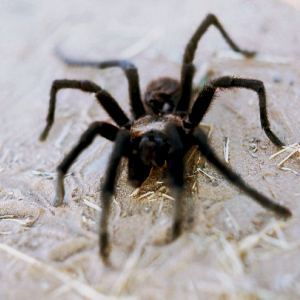“During fall and winter, several insect species – both introduced and native – can enter homes in large numbers,” Oregon Department of Agriculture entomologist Jim LaBonte said. “They may be a nuisance but homeowners should not be overly concerned with these bugs. They are not a threat to humans, pets or structures in any way, manner or form.”
While the bugs may be harmless, keeping them out is the best way to prevent them from overwintering under the sofa or behind the dryer.
Close off access points by sealing cracks and crevices around pipes and windows, adding weather stripping around and under doors and adding covers to dryer vents.
Once bugs have made their way inside, a vacuum cleaner makes it easy to suck them up and dispose of in the trash. Single bugs can be picked up with a tissue and taken outside or flushed away.
Among the friendly species that prefer a warm home to the cold outdoors are spiders (order Araneae), the box elder bug (Boisea rubrolineata), brown marmorated stink bug (BMSB) (Halyomorpha halys) and the native western conifer seed bug (Leptoglossus occidentalis), which is often mistaken for the "kissing" bug. Kissing bugs, which bite people and transmit Chaga's disease, are not found in Oregon.
As the weather cools, bugs will continue to slip inside. After temperatures drop below freezing, bugs become inactive. Generally, they've already found a place to hide for the winter and will stop coming indoors.




 Alerts Sign-up
Alerts Sign-up